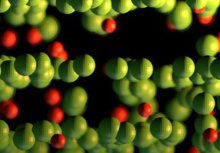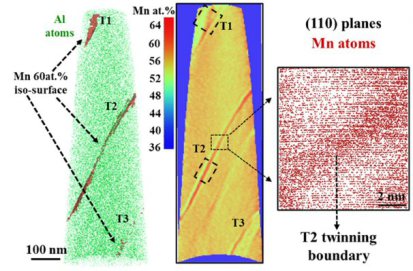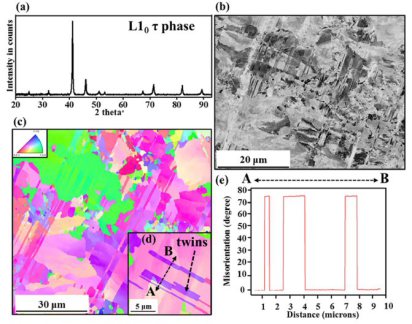Thermoelectric half-Heusler alloys
What are half-Heusler alloys?
In 1901 Dr. Friedrich Heusler discovered at the Isabellenhütte a new class of materials. He synthesized samples from the three non-magnetic metals copper, manganese and aluminum. He noticed that the alloy of two parts of copper and one part of manganese and aluminum has strong ferromagnetic properties. This discovery was a scientific sensation and initially incomprehensible with the physics knowledge of the time. After further investigation, it was later discovered that this particular alloy forms a hitherto unknown crystal structure. Her name was given to the Heusler structure in honor of the discoverer. Today, one knows many materials with a Heusler structure. They are commonly referred to as Heusler's alloys or Heusler's compounds. Related to these original Heusler alloys are the so-called semi-Heusler or half-Heusler alloys.
In half-Heusler compounds some lattice sites remain unoccupied. An interesting feature of half-Heusler alloys is that you can fill the different lattice sites with different metals. Also elements on the sublattices can be mixed within the individual groups so that there are countless possible combinations of materials with always different physical properties. Thus, it is readily possible to design a N- and a P-type thermoelectric half-Heusler material.
Scripta Materialia 155 (2018) 144–148
segregation twin boundaries MnAl ferroma[...]
PDF-Dokument [2.2 MB]
Why is the binary Mn55Al45 intermetallic half-Heusler alloy of interest?
The binary Mn55Al45 intermetallic half-Heusler alloy is a low-cost materials which exhibits good ferromagnetic properties and is a promising rare-earth-free magnetic material that shows superior performance compared to ferrites.




